Can High CPU Usage Cause BSOD? 5 Preventive Measures
Are you experiencing frequent BSOD errors and suspect that high CPU usage might be the culprit? Actually, many users face this issue but are unsure if high CPU usage is directly related to BSOD. This article will guide you into the relationship between high CPU usage and BSOD, offering solutions to solve the BSoD issue caused by high CPU usage..
Table of Contents
- What is BSOD?
- What Causes High CPU Usage?
- Can High CPU Usage Cause BSOD?
- Can a Bad CPU Cause BSOD?
- How to Prevent BSOD Due to CPU Issues
What is BSOD?
The Blue Screen of Death (BSOD) is a stop error screen that appears when a Microsoft Windows operating system encounters a critical error from which it cannot recover. This usually results in a system crash, requiring a reboot. We need to mention that the BSoD sometimes appears to prevent further damage and can be helpful.
What Causes High CPU Usage?
High CPU usage can occur due to various reasons, such as:
→ Running Multiple Programs: Having too many applications open simultaneously, especially background programs, which can be seen in Task Manager, is a leading cause of high CPU usage, and the problem is that some of them might malfunction or generate conflicts, which could potentially lead to high memory and disk usage rates as well.
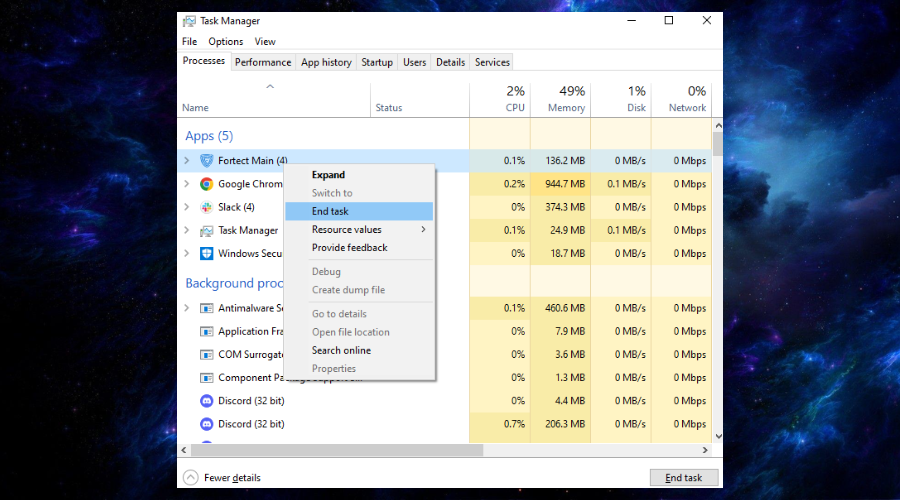
→ Malware: You might never know if you have malware. Sometimes, this unwanted software that’s consuming system resources works so well that it could hide for days or months inside your system and cause small amounts of damage over time.
→ Background Processes: Updates or scans running in the background could also lead to high CPU usage. Usually, for me, the virus and threat protection tool is causing a high CPU problem, but it can be set to run during certain hours.
Can High CPU Usage Cause BSOD?
No, high CPU usage alone is unlikely to cause a BSOD. However, it can be a contributing factor in a more complex scenario.
High CPU usage alone is generally not the direct cause of a Blue Screen of Death (BSOD). However, it can be the primary cause in a chain of events that leads to a system crash. For instance, high CPU usage can make your system sluggish and more susceptible to overheating. In extreme cases, this overheating could trigger a BSOD.
Additionally, if your system is already on edge due to software conflicts or hardware limitations, high CPU usage could be the straw that breaks the camel’s back, leading to a BSOD. So, while it’s not the sole culprit, high CPU usage can exacerbate existing issues that might result in a BSOD.
Can a Bad CPU Cause BSOD?
Yes, a faulty or damaged CPU can indeed cause a BSOD. Here’s how:
1. Physical Damage. Any physical damage to the CPU, like bent pins or burns, can lead to a BSOD.
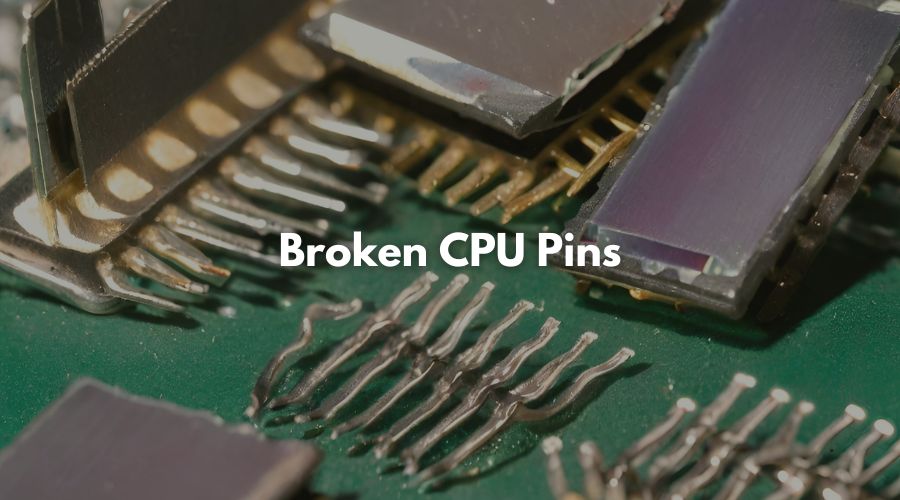
2. Overclocking. Incorrectly overclocking your CPU can make your system unstable and cause a BSOD.
3. Incompatibility. Using a CPU incompatible with your motherboard can result in a BSOD.
4. Outdated Firmware. An outdated BIOS can cause incompatibility issues between the CPU and the motherboard, leading to a BSOD.
How to Prevent BSOD Due to CPU Issues
1. Monitor CPU Temperature
Monitoring your CPU temperature is crucial to ensure your computer runs efficiently and safely. Use software like Fortect to keep an eye on your CPU temperature.
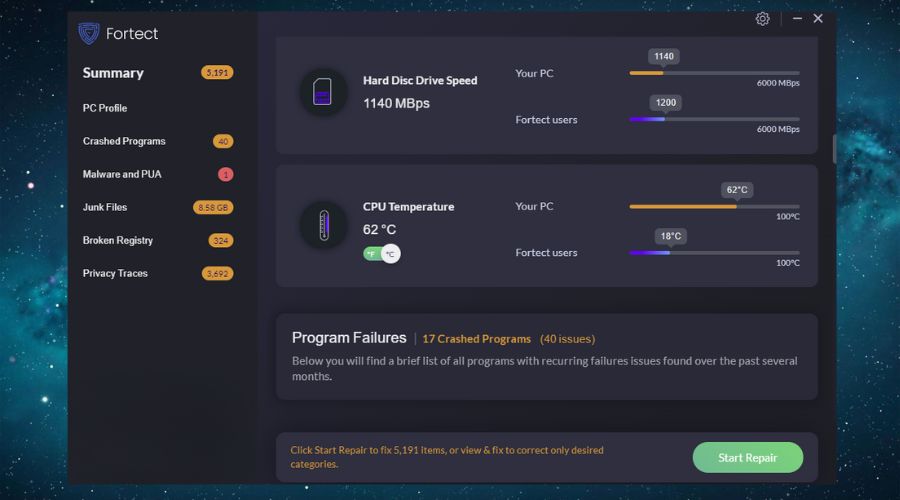
2. Update Drivers
Keep your system drivers, especially for the CPU and motherboard, up-to-date.
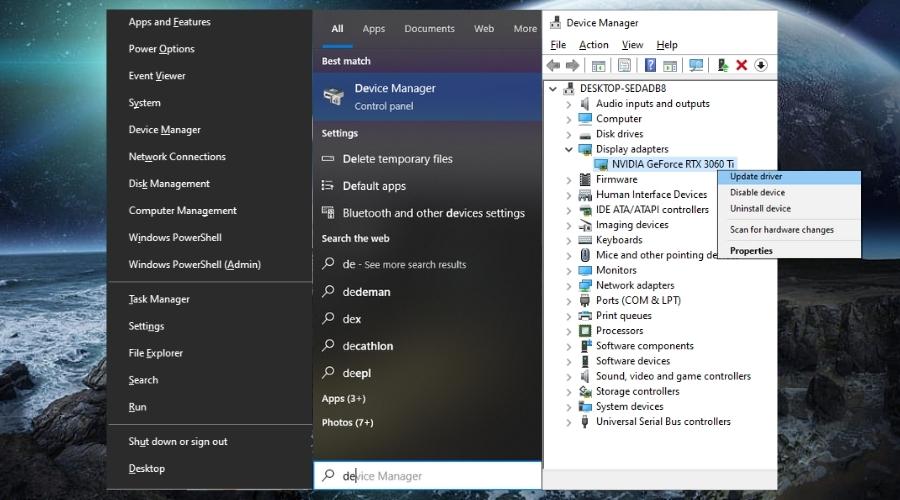
3. Run Diagnostic Tests
Use built-in Windows tools like Memory Diagnostic and Check Disk to identify issues.
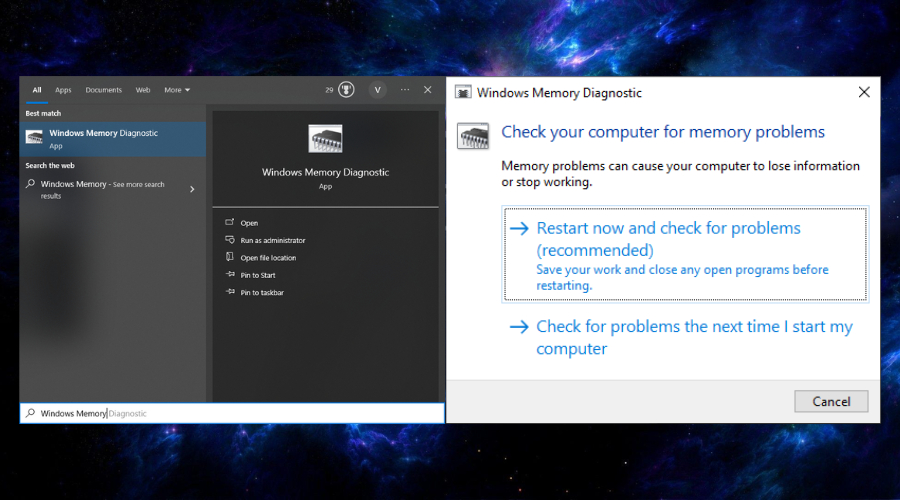
4. Avoid Overclocking
If you’re not an expert, it’s best to avoid overclocking your CPU. Here’s how:
Access the BIOS/UEFI
- Restart your computer.
- During startup, press the designated key (often Del, F2, or F12) to enter the BIOS/UEFI settings. Consult your motherboard’s user manual if you’re unsure.
Navigate to BIOS/UEFI Settings
- Within the BIOS/UEFI interface, look for settings related to CPU overclocking. These settings might be under a section like “Advanced” or “Performance.”
Reset to Default or Disable Overclocking
- Locate the option to reset all settings to default or disable CPU overclocking.
- Select this option to ensure that no overclocking profiles are active for your CPU.
Save and Exit
- Save the changes you’ve made in the BIOS/UEFI settings.
- Exit the BIOS/UEFI, and your computer will restart with default CPU settings.
Monitor CPU Temperatures
- Install CPU temperature monitoring software like HWMonitor or Core Temp.
- Keep an eye on your CPU temperatures to ensure they stay within safe limits.
Avoid Third-Party Overclocking Tools
- Uninstall or disable any third-party CPU overclocking software you may have installed.
- These tools can inadvertently overclock your CPU and cause instability.
Maintain Cooling
- Regularly clean your computer’s internals to prevent dust buildup.
- Ensure that CPU fans and heatsinks are functioning correctly.
Update BIOS/UEFI and Drivers
- Periodically check for motherboard BIOS/UEFI updates from your motherboard manufacturer’s website.
- Keep your CPU and motherboard drivers up to date to ensure compatibility and stability.
Stay Informed
- Familiarize yourself with the manufacturer’s specifications and guidelines for your CPU.
- Visit the CPU manufacturer’s website for any updates or advisories regarding your specific model.
5. Run the Virus & Threat protection scan
To ensure that you don’t have any malware affecting your CPU, you can run a full system scan every now and then. Here’s how to do it:
1. Click on the Windows icon in the bottom-left corner of your screen to open the Start Menu.
2. Begin typing Windows Security in the search bar. You’ll see Windows Security appear in the search results.
3. Click on Windows Security in the search results to open the Windows Security app.
4. Navigate to Virus & Threat Protection.
5. Run a Full Scan.
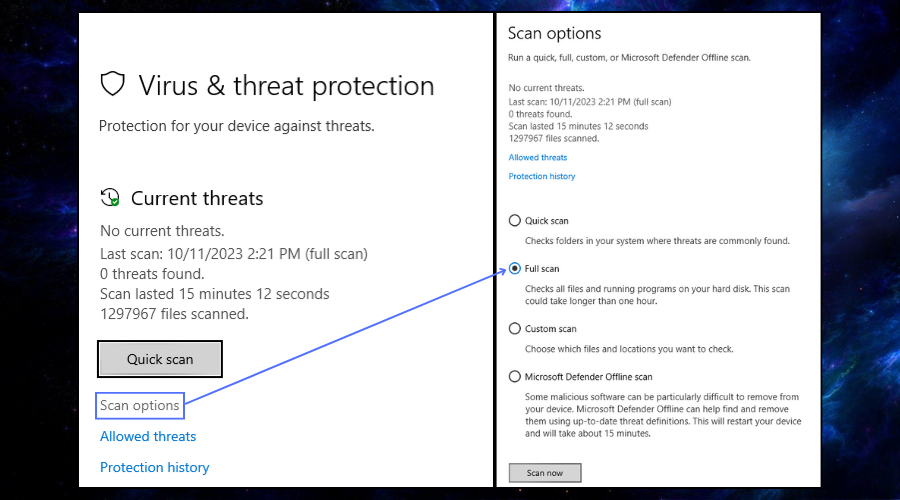
6. Start the Scan. Windows Security will begin scanning your computer for viruses and threats.
7. Review Scan Results. After the scan is complete, Windows Security will display the results. If no threats are found, you’ll see a message confirming that your device is safe. If threats are detected, follow the recommended actions to remove or quarantine them.
Summing Up
While high CPU usage alone is unlikely to cause a BSOD, it can be a contributing factor when combined with other issues like overheating or software conflicts. A faulty CPU, on the other hand, is a more direct cause of a BSOD. Understanding these nuances can help you troubleshoot and prevent future BSODs effectively.




